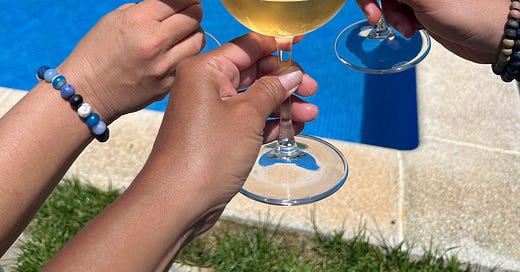On October 25th, it was International Champagne Day – and for the first time in thirteen years, I completely missed it. I do not mean, I was not here, or I did not celebrate – which indeed I didn’t – but I just did not know it was International Champagne Day. And there was little out there to remind me about the event – no articles on major wine sites, …
Keep reading with a 7-day free trial
Subscribe to Terroir Champagne to keep reading this post and get 7 days of free access to the full post archives.



